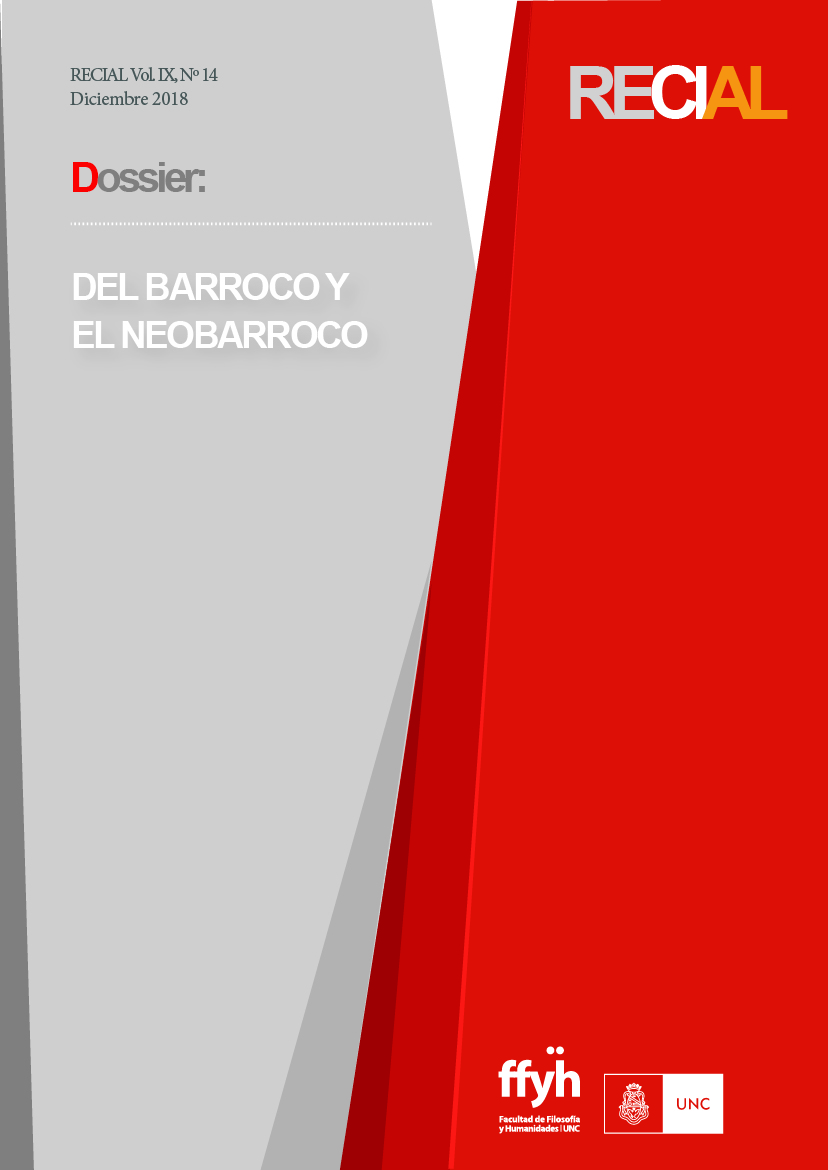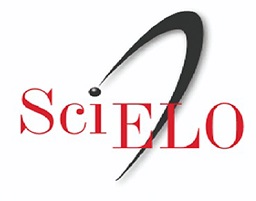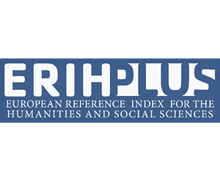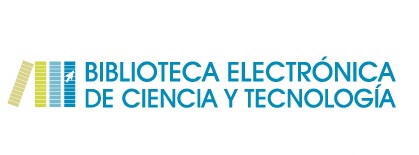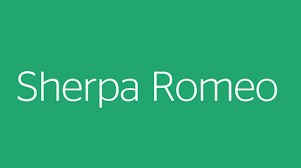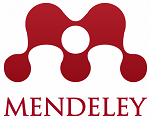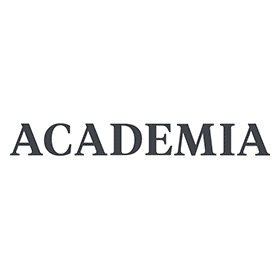Hygrophilia as a Waste of Language in Cobra by Severo Sarduy
DOI:
https://doi.org/10.53971/2718.658x.v9.n14.22860Keywords:
Baroque, hygrophilia, language, representation, transgressionAbstract
Undoubtedly, in these times the struggle for the expansion of the literary canon operates from the language, specifically, from its transgressive character. Cobra (1972) by Severo Sarduy is an example of this type of work in which the beautiful and ornate word surrenders so that a colossal monument of the degradation of language rises, with characters that experience in their bodies that subversion of the canon that gives entrance to a literature, no longer based on solemnity, but on the abject. The transgressive character of Cobra can be seen in the waste of language and with which I seek to show that such excess finds its fullness in the spilling of bodily fluids. The characters in the novel experience the hygrophilia: they enjoy the emanation of blood, urine, semen, sweat, stools, etc., while they reduplicate, stretch the meanings of things with an aesthetic management. Is not Cobra, then, a faithful expression of the neo-baroque that ends up fragmenting its contours and proposing a different representation of art?Downloads
References
Aragón Varo, Asunción (2006) “La pornografía ilustrada: Inglaterra, Siglo XVIII”, En Rafael Vélez (Eds.), Géneros extremos / extremos genéricos. Universidad de Cádiz, Cádiz. pp. 227 – 232.
Bodei, Remo (1998) “Comentarios lacónicos sobre la estética de lo feo”. La sombra de lo bello. En Revista del Occidente. Fundación José Ortega y Gasset, febrero de 1998, Madrid, pp. 9 – 24.
Bustillo, Carmen (1996) “Barroco y posmodernidad”, en: Barroco y América Latina. Un itinerario inconcluso. Monte Ávila, Universidad Simón Bolívar, Caracas, pp. 323-366.
Chiampi, Irlemar (2000) “Barroco y posmodernidad”. En Barroco y modernidad. Fondo de Cultura Económica, México, pp. 17-83.
López, Mar (2013, agosto) La muerte y el budismo [On Line]. Disponible en: https://4grandesverdades.wordpress.com/ (Consultado el 8-5-2017)
Salabert, Pere (2004) La redención de la carne. Hastío del alma y elogio de la pudrición. CENDEAC, Murcia, p. 71.
Sarduy, Severo (1999) “Cobra”. En Gustavo Guerrero y François Wahl (Eds.), Obra completa, ALCA XX y Ediciones UNESCO, Tomo I, Madrid, pp. 425 – 584.
Sarduy, Severo (1987) Ensayos generales sobre el barroco. Fondo de Cultura Económica, Barcelona.
Tiffon Nonis, Bernat-Noël (2008) Manual de consultoría en psicología y psicopatología Clínica, legal, jurídica, criminal y forense. Bosch Editor, Barcelona, pp. 144 – 151.
Downloads
Published
Issue
Section
License
Aquellos/as autores/as que tengan publicaciones en esta revista, aceptan los términos siguientes:
- Los/as autores/as conservarán sus derechos de autor y garantizarán a la revista el derecho de primera publicación de su obra, el cuál estará simultáneamente sujeto a la Licencia de reconocimiento de Creative Commons que permite a terceros compartir la obra siempre que se indique su autor y su primera publicación esta revista.
- Los/as autores/as podrán adoptar otros acuerdos de licencia no exclusiva de distribución de la versión de la obra publicada (p. ej.: depositarla en un archivo telemático institucional o publicarla en un volumen monográfico) siempre que se indique la publicación inicial en esta revista.
- Se permite y recomienda a los/as autores/as difundir su obra a través de Internet (p. ej.: en archivos telemáticos institucionales o en su página web), luego de su publicación en la revista. (Véase El efecto del acceso abierto).

